Life Explorers - The Human Senses Part IV: Taste
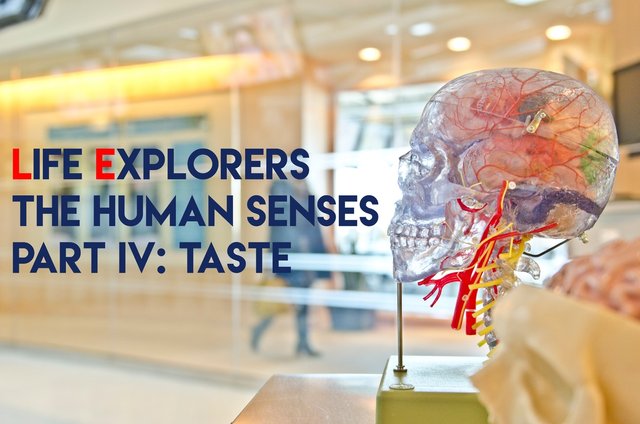
Many things around us and with us happen we take for granted. We see, feel, taste, hear and smell unknowingly how it works. As we were children we called anything into question and now accept reality as it is. We lost the magic in all these wonderful things. This series addresses the wonder of natures and will bring its magic back to light. The fourth part of the Life Explorers - The Human Senses deals with the sense of taste. A lemon tastes very sour whereas cheese is more salty. Then again a strawberry can be very sweet. We can perceive different kind of flavors, but why?
To be able to understand how the sense of taste works we will investigate the gustatory perception of the human body, which is responsible for tasting.
Primary organ of gustatory perception: the Tongue
Just like the senses of sight, touch and hearing, the sense of taste has its own specific organ to detect different sensory impressions. We need eyes to see, ears to hear, and our mouths to taste. In order to understand how the different sensory impressions of gustation work, we will investigate the tongue and mucous membranes of the mouth. Looking at your tongue in the mirror you will see small bumps on it, called papillae. These papillae contain taste buds. The senses of taste is transmitted by these taste buds which contain about 50 to 100 receptor cells each. Most of these receptor cells that cause the sensation of taste are located on the tongue. We distinguish between four different kinds of papillae:
- Circumvallate papilla
- Fungiform papilla
- Filiform papilla
- Foliate papilla

Fig.1 Structure of human tongue.Credits
Circumvallate papilla
Circumvallate papilla are surrounded by a ditch which include Ebner glands. The function of these glands is to flush out flavorings from the papilla. Circumvallate papillae are found at the border of the tongue and are 1 to 3 mm large and round. Around 8 to 12 of these are found in the human tongue and each papilla contain hundreds of taste buds.
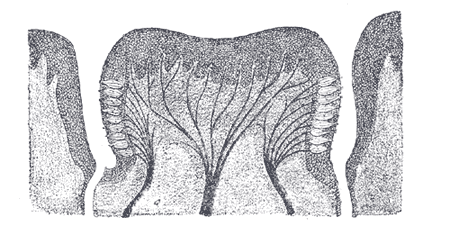
Fig.2 Cross section of circumvallate papilla. Credits
Foliate papilla
Are similar to the circumvallate papillae except they do not have Ebner glands and are smaller. They are found at the lateral border of the tongue and contain up to 50 taste buds. Viewed from above they form dense wrinkles. Between 15 to 30 foliate papillae are found on the tongue.
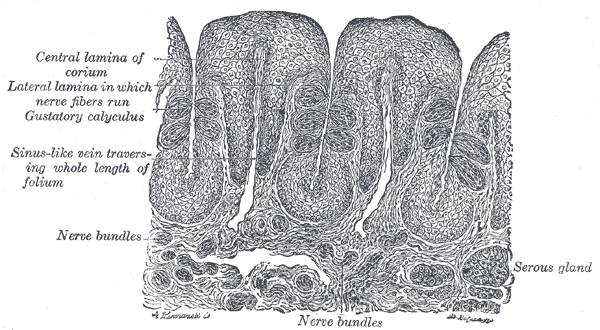
Fig.3 Cross section of foliate papilla. Credits
Fungiform papilla
Fungiform papilla are found on the frontal part of the tongue and contain between 3 and 5 taste buds. (150 to 400 papillae in total). They have the appearance of mushrooms when viewed from above.
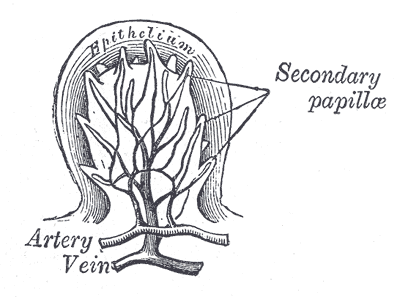
Fig.4 Cross section of fungiform papilla. Credits
Filiform papilla
Filiform papillae have no taste buds and therefore are not responsible for the sensation of taste. These papillae are mechanical papilla, giving our tongue the sensation of touch. With filiform papillae we are able to feel the surface of objects. They are spread all across our tongue.
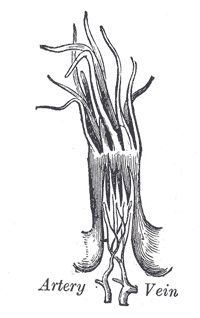
Fig.5 Cross section of filiform papilla. Credits
Why do we need the ability to taste and what role do the papillae play?
The sensation of taste was and is important for survival. Nowadays most of us get their nutrients through stores or cultivation. We know what we eat and are almost certain it does not harm us. But how was it back then when people didn’t know what was edible and what wasn't? Taste was considered as an indicator for the quality of the food:
- Sweet: Indicated much sugar which is a source of energy and therefore essential for survival. Sweet is very pleasant. Only very few poisons in nature are sweet.
- Salty: We need salt in almost every biochemical process for our body. Without salt we would die. This might be the cause why salty is pleasant too.
- Bitter: Many poisons in nature are bitter. This can be an indication for instance for a poisonous plant that might harm us.
- Sour: When eating an unripe apple we taste a very sour flavor. This warns us that the fruit is not ready and therefore not edible.
- Umami: Rich of amino acids and proteins (Meat, fish etc.). Great source of energy
Today, taste is more about enjoyment than survival. Papillae are the main reason why we are able to taste. The taste buds contain the receptor cells which in turn cause a signal transduction cascade when approached by a certain molecule. These receptor cells are connected to the brain by nerves. There are three main nerve paths that each are responsible for a certain region of the sensation of taste: The Nervus petrosus major (palate), Nervus facialis (frontal tongue with fungiform papillae) and Nervus glossopharyngeus (Foliate and circumvallate papillae). We will now discuss what can cause these signal transduction and clarify how the different taste are caused.
The five main tastes
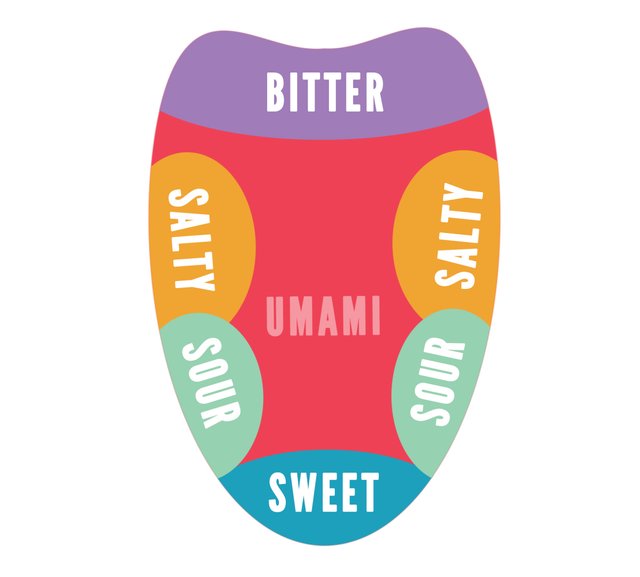
Fig.6 Zones of taste. Credits
Depending on what we consume we can differentiate five main tastes:
- Salty
- Sour
- Sweet
- Bitter
- Umami
Many of us might know this illustration, showing the different taste zones of our tongue. This is however only partly right. The figure shows how we only can taste sweet with the tip of our tongue. While this might feel instinctively right, it is actually not. We have papillae that cover the whole tongue and each taste bud can perceive all five tastes. However, the threshold to perceive the individual taste varies within our tongue. As mentioned a threshold has to be exceeded in order for a taste to be perceived. Each flavor has its specific taste receptor within the taste buds and each type of taste receptor is activated differently. We will now have a look at the specific taste receptors and how they are activated.
We have two different kinds of receptors here: Ion receptors and G-protein coupled receptors. Salty and sour taste work with ion receptors whereas sweet, umami and bitter taste work with G-protein receptors (GPRCs)
Salty and Sour
Table salt (NaCl), ammonium chloride (NH4CL), magnesium chloride (MgCl2) and sodium fluoride (NaF) for instance are responsible for the sensation of a salty taste. To understand how the signal transmission works I recommend to read my last Life Explorers article about the sense of touch. The sodium cation causes the cell membrane to depolarize. This leads to release of Ca2+ Ions which in turn releases neurotransmitters. By doing so the neurotransmitters are redirecting the action potential trough the nerve paths to the brain.
The higher the concentration of salt is the more intense the actual taste.
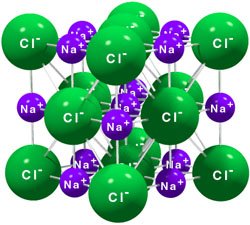
Fig.7 Grid structure of salt. Credits
The same happens when we taste sour. Sour is caused by protons. These protons block the ion channel which in turn depolarizes the membrane and releases Ca2+ cations.
Sweet, Bitter and Umami
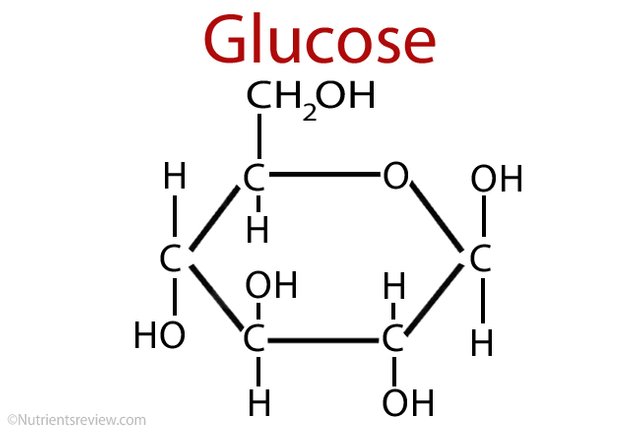
Fig.8 Chemical formula of Glucose. Credits
Glucose, sucrose, sweeteners etc. bind on specific receptors which in turn activates GPRCs. These lead again to a depolarization of the cell and releasing Ca2+ cations. The release of Ca2+ cations is the reason that the nervous signal is transmitted by neurotransmitters.
The same process is happening for bitter and umami tasts. Umami is a taste of glutamate, aspartate etc. binding to the certain recptors. Bitter is the result of bitter-tasting compounds binding to GRPCs.
Fig.9 Chemical formula of bitter compounds. Credits
Spicy – Is it a taste?
There is a widespread common belief that spicy is a taste, this is wrong. There are only five main tastes as we learned. What we experience when we eat something spicy is actually a perception of pain. (For those who want to know more about pain, the lastLive Explorers article contains information about nociception)

Fig.10 Chemical formula of Capsaicin. Credits
Capsaicin is the molecule behind the burn we feel when eating something spicy like a pepper or chilli. Capsain does not affect our taste buds and therefore can’t be considered a taste. It activates thermoreceptors and nociceptors, resulting in pain and heat.
Author's Note:
The Life Explorer Series is a community magazine that brings together writers to post about a variety of topics. All topics and authors using the lifeexplorer tag or title are part of this group and have permission to post under the heading Life Explorer. If you would like to write with the Life Explorer series about a topic, reach out and get in chat contact with @timsaid to learn more.
Make sure to catch all these Life Explorer authors:
@prufarchy
@yogi.artist
@disofdis
And if you've missed the previous edition, check out the first Life Explorer post:
Life Explorers - The Human Senses Part I: Sight
Life Explorers - The Human Senses Part II: Hearing
Life Explorers - The Human Senses Part III: Touch

These are a great series! (sound is still my all-time favorite) Upvoted!
Thank you very much! Feedback always helps to improve. This series will soon be over. A new is already in work and I happy to tell you that if will cover even more science :)
Great post! ;)
Excellent post, thanks for the info
Very interesting post!
please read it for a moment,
I need your help.
https://steemit.com/life/@odyprabowo/we-need-your-help-please-read-it
im trying to make social movements